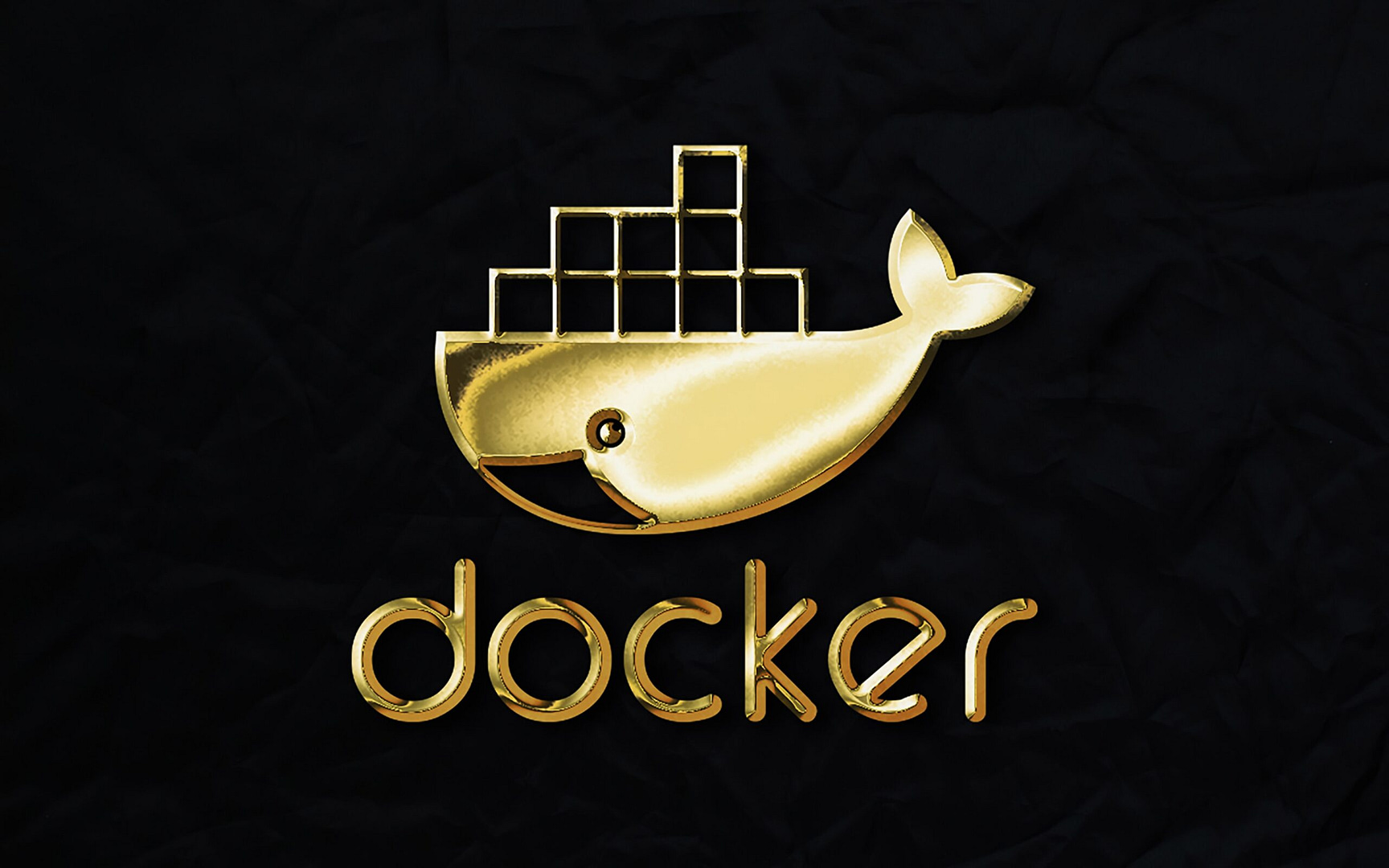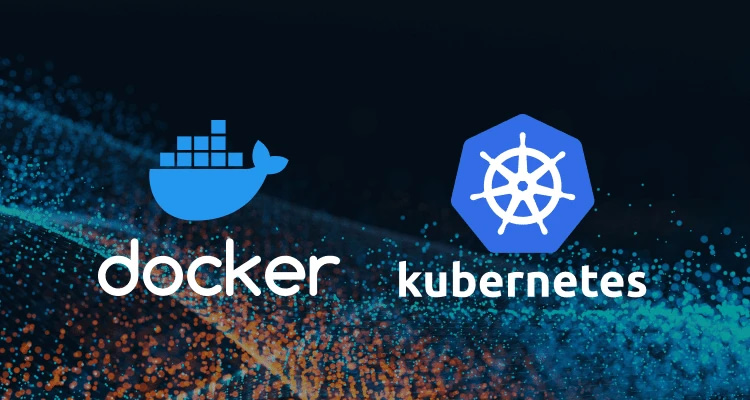
Blog Articles
Kubernetes Operators: Custom Kubernetes Controller Guide
Table of Contents
Introduction
Kubernetes has emerged as the de facto standard for container orchestration, enabling developers to deploy, scale, and manage containerized applications seamlessly. However, managing complex applications in Kubernetes can still be a challenging task. Enter Kubernetes Operators, a powerful framework that extends Kubernetes’ capabilities by allowing you to automate the management of custom resources and complex applications.
In this blog post, we’ll explore the concept of Kubernetes Operators, focusing on developing and deploying custom controllers. We’ll walk through the process step by step, providing practical examples and code snippets to help you understand how to harness the power of Kubernetes Operators.
Understanding Kubernetes Operators
Kubernetes Operators are a set of custom controllers that extend the Kubernetes API to manage applications and their components. These operators leverage the declarative nature of Kubernetes manifests to automate tasks such as deployment, scaling, and maintenance of complex applications. Operators can be used to manage a wide range of applications, from databases to monitoring solutions.
The key components of a Kubernetes Operator include:
- Custom Resource Definitions (CRDs): Defines custom resources and their specifications.
- Custom Controllers: Watches for changes in CRDs and takes actions to reconcile the actual state with the desired state.
Setting Up Your Development Environment
Before we dive into developing a custom controller, let’s set up our development environment. Ensure you have the following tools installed:
- kubectl: Kubernetes command-line tool.
- minikube: Lightweight Kubernetes cluster for local development.
- Operator SDK: A toolkit for building Kubernetes Operators.
|
1 2 3 4 5 6 7 8 9 10 11 |
# Install kubectl curl -LO https://dl.k8s.io/release/$(curl -L -s https://dl.k8s.io/release/stable.txt)/bin/linux/amd64/kubectl sudo install -o root -g root -m 0755 kubectl /usr/local/bin/kubectl # Install minikube curl -LO https://storage.googleapis.com/minikube/releases/latest/minikube-linux-amd64 sudo install minikube-linux-amd64 /usr/local/bin/minikube # Install Operator SDK curl -LO https://github.com/operator-framework/operator-sdk/releases/latest/download/operator-sdk_linux_amd64 sudo install operator-sdk_linux_amd64 /usr/local/bin/operator-sdk |
Developing a Simple Kubernetes Operator
For this example, let’s create a basic Kubernetes Operator that manages a custom resource named MyApp. This application will be a simple web service that exposes a welcome message.
Step 1: Initialize Operator Project
|
1 2 |
operator-sdk init --domain=mycompany.com --repo=github.com/mycompany/myapp-operator cd myapp-operator |
Step 2: Create a Custom Resource Definition (CRD)
Edit api/v1/myapp_types.go to define the MyApp custom resource:
|
1 2 3 4 5 6 7 8 9 10 11 12 13 14 15 16 17 18 19 20 21 22 23 24 25 26 27 28 29 30 31 32 33 34 35 36 37 38 39 40 |
// api/v1/myapp_types.go package v1 import metav1 "k8s.io/apimachinery/pkg/apis/meta/v1" // MyAppSpec defines the desired state of MyApp type MyAppSpec struct { // Add fields as needed } // MyAppStatus defines the observed state of MyApp type MyAppStatus struct { // Add fields as needed } // +kubebuilder:object:root=true // +kubebuilder:subresource:status // MyApp is the Schema for the myapps API type MyApp struct { metav1.TypeMeta `json:",inline"` metav1.ObjectMeta `json:"metadata,omitempty"` Spec MyAppSpec `json:"spec,omitempty"` Status MyAppStatus `json:"status,omitempty"` } // +kubebuilder:object:root=true // MyAppList contains a list of MyApp type MyAppList struct { metav1.TypeMeta `json:",inline"` metav1.ListMeta `json:"metadata,omitempty"` Items []MyApp `json:"items"` } func init() { SchemeBuilder.Register(&MyApp{}, &MyAppList{}) } |
Step 3: Generate Kubernetes Controller Code
|
1 |
operator-sdk create api --group=myapp --version=v1 --kind=MyApp |
Step 4: Implement the Kubernetes Controller
Edit controllers/myapp_controller.go to add your controller logic:
|
1 2 3 4 5 6 7 8 9 10 11 12 13 14 15 16 17 18 19 20 21 22 23 24 25 26 27 28 29 30 31 32 33 34 35 36 37 38 39 40 41 42 43 44 |
// controllers/myapp_controller.go package controllers import ( "context" "reflect" myappv1 "github.com/mycompany/myapp-operator/api/v1" ctrl "sigs.k8s.io/controller-runtime" "sigs.k8s.io/controller-runtime/pkg/client" ) // MyAppReconciler reconciles a MyApp object type MyAppReconciler struct { client.Client Log logr.Logger Scheme *runtime.Scheme } // +kubebuilder:rbac:groups=myapp.mycompany.com,resources=myapps,verbs=get;list;watch;create;update;patch;delete // +kubebuilder:rbac:groups=myapp.mycompany.com,resources=myapps/status,verbs=get;update;patch func (r *MyAppReconciler) Reconcile(ctx context.Context, req ctrl.Request) (ctrl.Result, error) { log := r.Log.WithValues("myapp", req.NamespacedName) // Fetch the MyApp instance myapp := &myappv1.MyApp{} err := r.Get(ctx, req.NamespacedName, myapp) if err != nil { log.Error(err, "unable to fetch MyApp") return ctrl.Result{}, client.IgnoreNotFound(err) } // Reconciliation logic here return ctrl.Result{}, nil } func (r *MyAppReconciler) SetupWithManager(mgr ctrl.Manager) error { return ctrl.NewControllerManagedBy(mgr). For(&myappv1.MyApp{}). Complete(r) } |
Step 5: Build and Deploy the Operator
|
1 2 3 |
operator-sdk build myapp-operator docker push myapp-operator operator-sdk run local --watch-namespace=default |
Deploying Your Custom Resource
Now that we have our operator running, let’s create an instance of our custom resource:
|
1 2 3 4 5 6 7 8 |
# myapp-instance.yaml apiVersion: myapp.mycompany.com/v1 kind: MyApp metadata: name: example-myapp spec: # Add custom spec fields as needed |
Apply the resource to your cluster:
|
1 |
kubectl apply -f myapp-instance.yaml |
Watch the logs of your operator to see the reconciliation process:
|
1 |
kubectl logs deployment/myapp-operator-controller-manager -n default -c manager |
Congratulations! You’ve successfully developed and deployed a simple Kubernetes Operator. This example is just the tip of the iceberg; Kubernetes Operators can be extended to manage more complex applications, databases, and services.
Conclusion
Kubernetes Operators empower developers to automate the management of complex applications within Kubernetes. By developing custom controllers and leveraging the power of CRDs, you can create Operators tailored to your specific needs. This blog post has provided a practical guide, complete with code examples, to help you get started on your journey to mastering Kubernetes Operators.
Remember, the true power of Operators lies in their ability to adapt and scale with your applications. As you explore this realm further, you’ll discover endless possibilities for automating and streamlining your Kubernetes workflows.
References:

Get a Fast Estimate on Your Software Development Project
We are committed to delivering high-quality IT solutions tailored to meet the unique needs of our clients. As part of our commitment to transparency and excellence, we provide detailed project estimations to help our clients understand the scope, timeline, and budget associated with their IT initiatives.
Related Blog Posts









